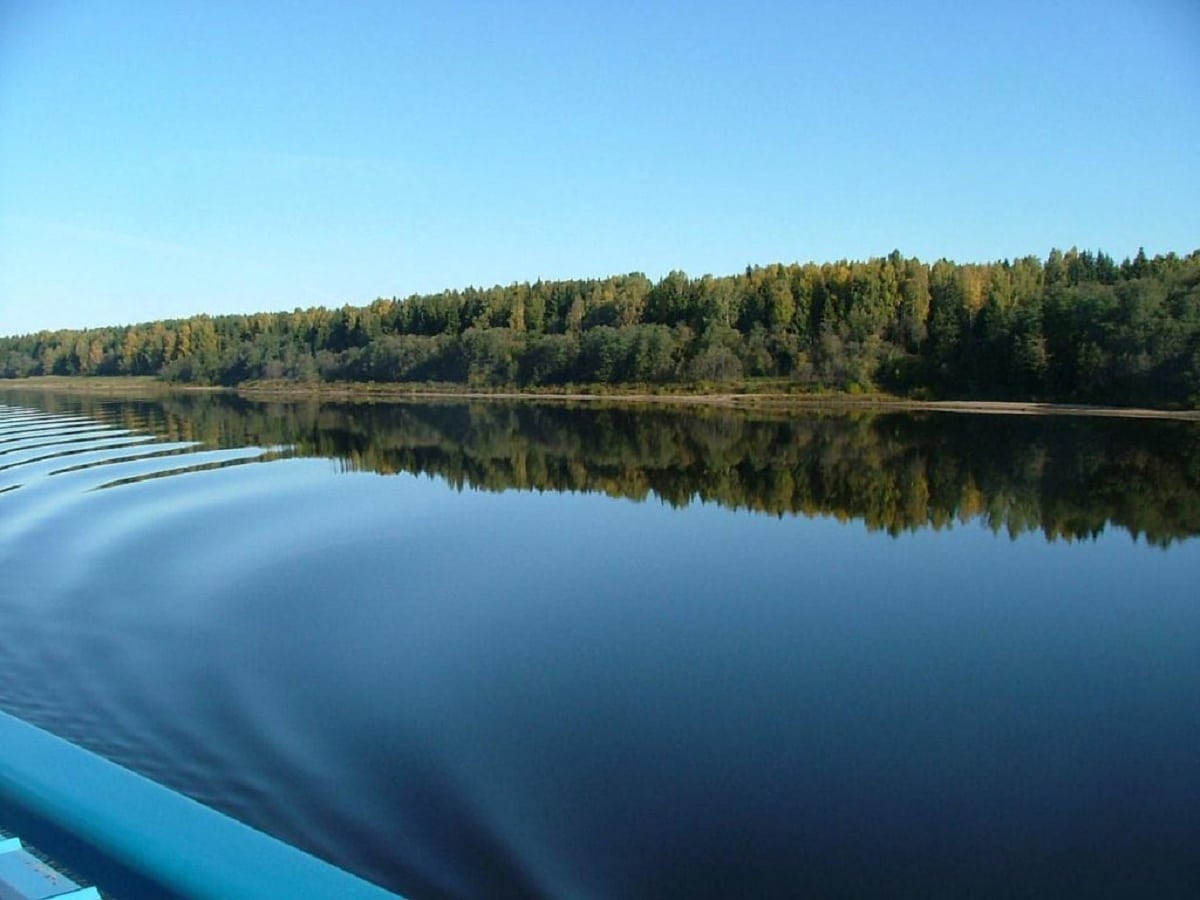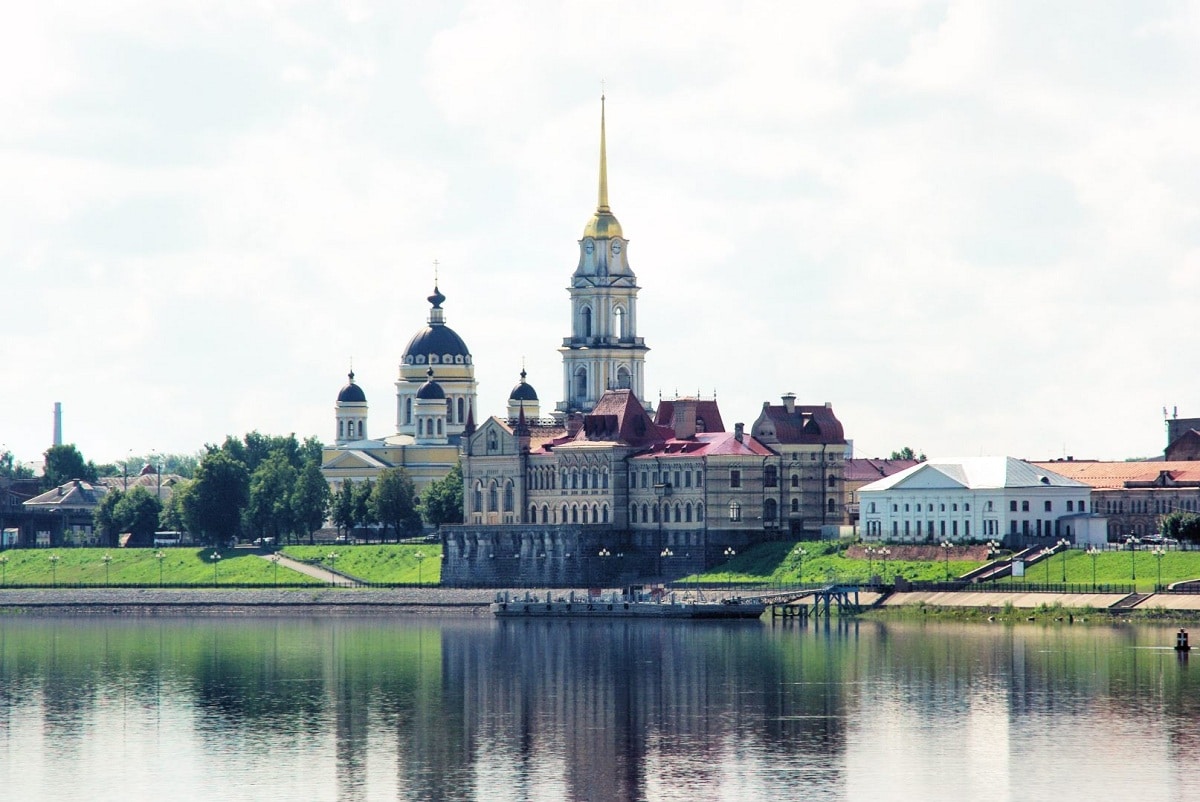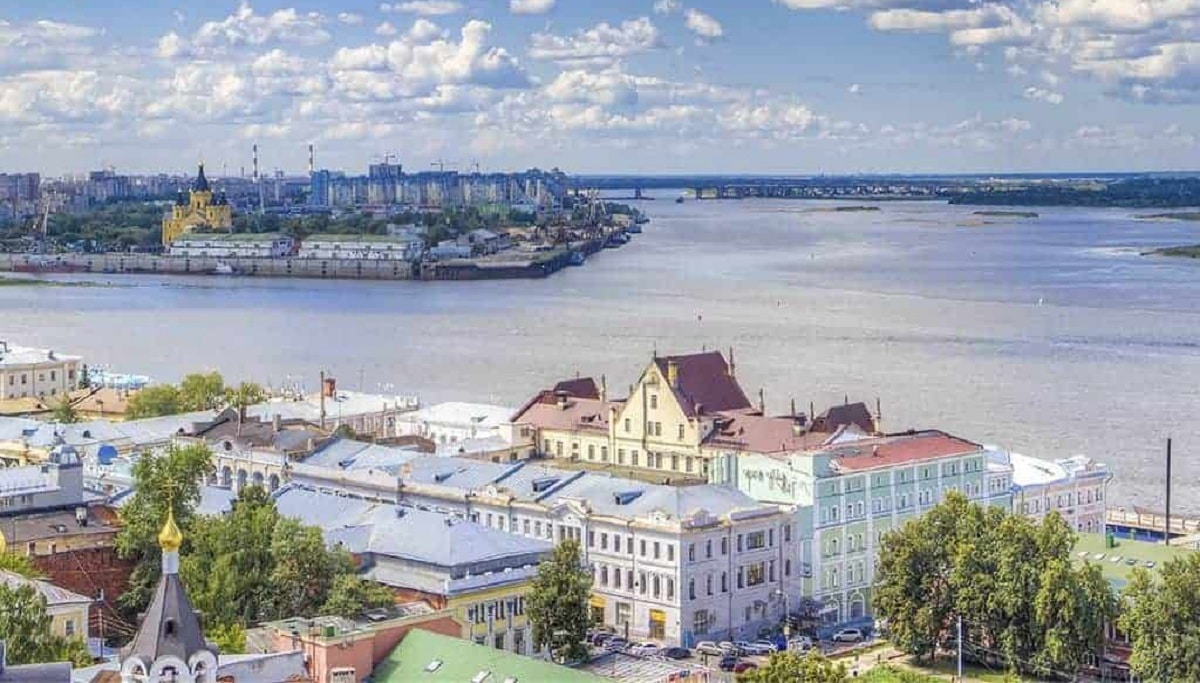
El Volga river it is the longest in all of Europe and has many unique features. It flows through central Russia and south to empty into the Caspian Sea. Being so large, it has a catchment area of 1.360.000 km2. Its flow is so great that it can supply water to the surrounding towns.
In this article we are going to tell you everything you need to know about the Volga River, its characteristics and importance.
Key features

The Volga River originates in the Valdai Mountains between Moscow and Saint Petersburg and flows into the Caspian Sea. It is not only the longest river in Europe, it is also the largest. The total length is 3690 kilometers and the average flow rate is 8000 cubic meters per second.
Its hydrological basin area is 1,35 million square kilometers, ranking 18th in the world. It is also the largest river in Europe in terms of discharge and drainage. It is widely considered the national river of Russia. The former Russian state, the Russian Khanate, was built around the Volga River.
Historically, it was an important meeting point of Eurasian civilizations. The river flows through Russian forests, forest-steppes and steppes. Four of Russia's ten major cities are located in the Volga Valley, including the capital Moscow. Some of the largest reservoirs in the world are located along the Volga River.
It belongs to the closed basin of the Caspian Sea and is the longest river flowing into the closed basin. The Volga River originates in the Valdai Mountains, 225 meters northwest of Moscow and about 320 kilometers southeast of St. Petersburg, and flows east through Lake Sturzh, Tver, Dubna, Rybinsk, Yaroslav, Russia, and Nizhny Novgorod. , Germany and Kazan. From there it turns south, passing several cities, before emptying into the Caspian Sea below Astrakhan at 28 meters below sea level.
At its most strategic point, bends towards Don. On the upper Volga near Starica, the Volga in 1912 had many tributaries, the most important of which were Kama, Oka, Vitluga and Sula. The Volga River and its tributaries form the Volga River system, which runs through the most densely populated region in Russia, covering an area of approximately 1,35 million square kilometers.
Mouth of the Volga River
Remember that the longest river in Europe must have a huge mouth. Its estuary is about 160 kilometers long and includes up to 500 canals and smaller rivers. The largest estuary in Europe is the only place in Russia where you can find animals such as flamingos, pelicans and lotuses. Due to the high levels of frost in this part of Russia, most of the length of the river is usually frozen for 3 months of the year. The winter in the longest river in Europe freezes completely.
The Volga River runs through most of western Russia. Its many large reservoirs provide irrigation and hydroelectric power. The length of the river is used to increase the generation of renewable energy, given the waterfalls that can be built along the longest river in Europe. The Moscow Canal, the Volga-Don Canal, and the Volga-Baltic Waterway form an inland waterway connecting Moscow with the White Sea, the Baltic Sea, the Caspian Sea, the Sea of Azov, and the Black Sea.
river damage

High levels of chemical contamination have had a negative impact on the Volga and its habitats. Along the route, the flora and fauna are affected by human activity. With the advancement of technology and the development of the industrial age, many emissions end up polluting the waters and causing negative impacts on the ecosystems and habitats of many plant and animal species.
The valley is very fertile and produces a large amount of wheat. It also contains rich mineral resources. An important oil industry is concentrated in the Volga valley. Other resources include natural gas, salt and potash. The Volga Delta and the Caspian Sea are fishing grounds. Astrakhan, located in the delta, is the center of the caviar industry.
Another environmental impact of the longest river in Europe is that it is often used for navigation purposes. The Volga River has been greatly widened due to the construction of huge dams during the industrial age. It is of great importance for the transport and inland navigation of Russia, since all the dams on the rivers are equipped for locks and ships of considerable size. All these ships can sail from the Caspian Sea to the end of the river in the higher areas.
Activities and navigation

The pollution of Europe's longest river has only increased since the industrial age. It should be noted that the permissible concentration limits for oil and its derivatives in river water increased in 2016 compared to the same study carried out in 2015. To make matters worse, pollutant concentrations continued to increase throughout the year in 2016.
The products that had the highest levels of contamination included iron, mercury and nickel. In early August of that year, Russian Prime Minister Dmitry Medvedev ordered the immediate implementation of the Volga River cleanup plan. According to information provided by the Russian Ministry of Nature, the implementation of the Volga River cleanup program will cost around 34.400 billion rubles, or about 580.000 billion dollars.
Volga river curiosities
These are some of the curiosities of the Volga River:
- Its mouth is below sea level, exactly 28 meters.
- The Volga River has more than 200 tributaries, mainly the Kama, Oka, Vitluga and Sula rivers.
- About half of Russia's population lives near the Volga Valley, and half of the country's population is engaged in agriculture along the river.
- There are many Orthodox shrines and monasteries along the Volga River.
- Some of the largest reservoirs in the world are located along the river.
I hope that with this information you can learn more about the Volga River and its characteristics.